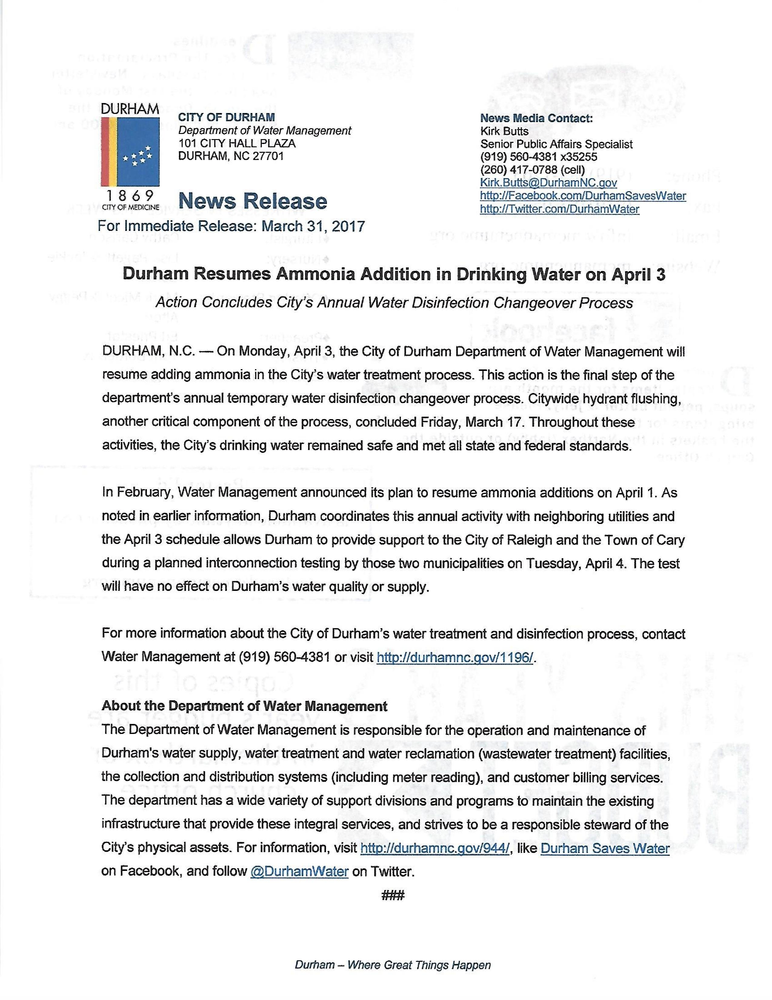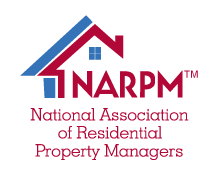Our Blog
Rental and Economic outlook for 2023
When we look at the economic horizon for 2023, there are many unknowns. At the federal level, spending policies do not appear to be slowing to combat inflation from a monetary standpoint. Interest rates have plateaued in the mid 5% range for now, but interest rates continue to be a primary lever for combating ongoing inflation. This may cause the feds to increase rates if inflation continues to rise.
So, the question in the world of property management is, “How will this impact rents?” One of the most positive factors impacting landlords in the Raleigh – Durham area is the strong job market and growth of the Triangle. There are clearly headwinds that the real estate market is facing, but the outlook for the Triangle market is still bright compared to markets across the country. The 2022 frothy sales market with crazy overmarket offer prices has calmed, and current sales are comparative to where they were in 2019. Still, a strong seller’s market remains. For example, the Durham Regional Association of Realtors (DRAR) reported a 1.7-month supply in Durham County for November 2022. The Triangle Multiple Listing Service (TMLS) reported that the greater Triangle region’s month supply stands at 2 months through November 2022. Typically, month supply under 6-months is considered a seller’s market, and any month supply over 6-months is a buyer’s market.
The rental market is somewhat up in the air. Realtor.com notes , “In November 2022, the U.S. rental market experienced single-digit growth for the fourth month in a row after ten months of slowing from January’s peak 17.4% growth. The median rent growth across the top 50 metros slowed to 3.4% year-over-year for 0-2 bedroom properties, the lowest growth rate in 19 months. The median asking rent was $1,712, down by $22 from last month and $69 from the peak but is still $919-471-2007%) higher than the same time in 2019 (pre-pandemic).” The Realtor.com article went on to show that – as of November 2022 - Raleigh’s overall median rent is $1,534, with an overall median rent year-over-year growth of 2.8%.
At Apple Realty, we have seen an increase in tenants needing to vacate their properties early due to job changes. We anticipate tenant turnover to continue at a higher rate this year as tenants seek job opportunities to keep their pay on pace with rising living costs. Projections by real estate professionals are conflicting at best. Some are calling for a decline in rents while others anticipate rents to continue a more steady rental climb. In a Washington Post article, Conor Sen makes the argument that there will be declines in the rental market. (Click HERE for full article.) The outlook for rentals summarized in a Barron’s Article by Shaina Mishkin gives a more balanced outlook with modest growth in strong job markets. (Click HERE for full article.)
When setting rental rates, we use data and projections like these to give us a broad perspective on the rental market. We also consider the feedback from our tenant base and personal experience from our years in the business. This helps us determine an initial target increase percentage. Then, for each specific property we manage, we take into account the following factors:
- Current Rent Price: We look at what the current rent is compared to where the market rent would be. If a home has been brought up to current rent rates in 2022, then, as a rule, the rental increase we recommend would be more modest. If the current rate is still lagging the market rate, then a slightly more aggressive increase would be offered at the renewal.
- Property Condition: For tenants that have been in place for a long time, there is often dated features of the home and wear from years of living. With properties that have these characteristics, we would keep the renewal price more modest and seek to preserve a tenant rather than incur a significant cost to the owner if they were to leave. With dated properties, it doesn’t often make sense to make major upgrades with a tenant in place. Keeping the rent slightly below market rates will extend the length of the tenancy and help to avoid the costs incurred with the upgrades needed to turn a property.
- Location: Location is a significant factor that will impact the percent of rental rate increases that are sustainable. For properties outside the “hot” areas, the rental increases are typically more modest.
- Owner Perspective: One of the biggest variables is that each owner’s perspective falls on a different point in a spectrum. On the aggressive side, some owners want to be the trend setters for an area, pushing rents to or above market rates. They tend to be comfortable with higher turnover as a cost for maximizing rents. On the other end of the spectrum, some owners hate turnover and avoid it at all costs. With this mindset, they are often comfortable with their rental rates lagging behind the market in an effort to incentivize their tenants to stay a long time. We try to tailor the renewal prices we offer tenants based on the appetite of the owner. Owner feedback is key to making sure both owner and property manager are on the same page.
Based on the data and research we’ve done and our read on the mood of renters across the triangle, we are projecting 2% - 5% rental rate increases.













